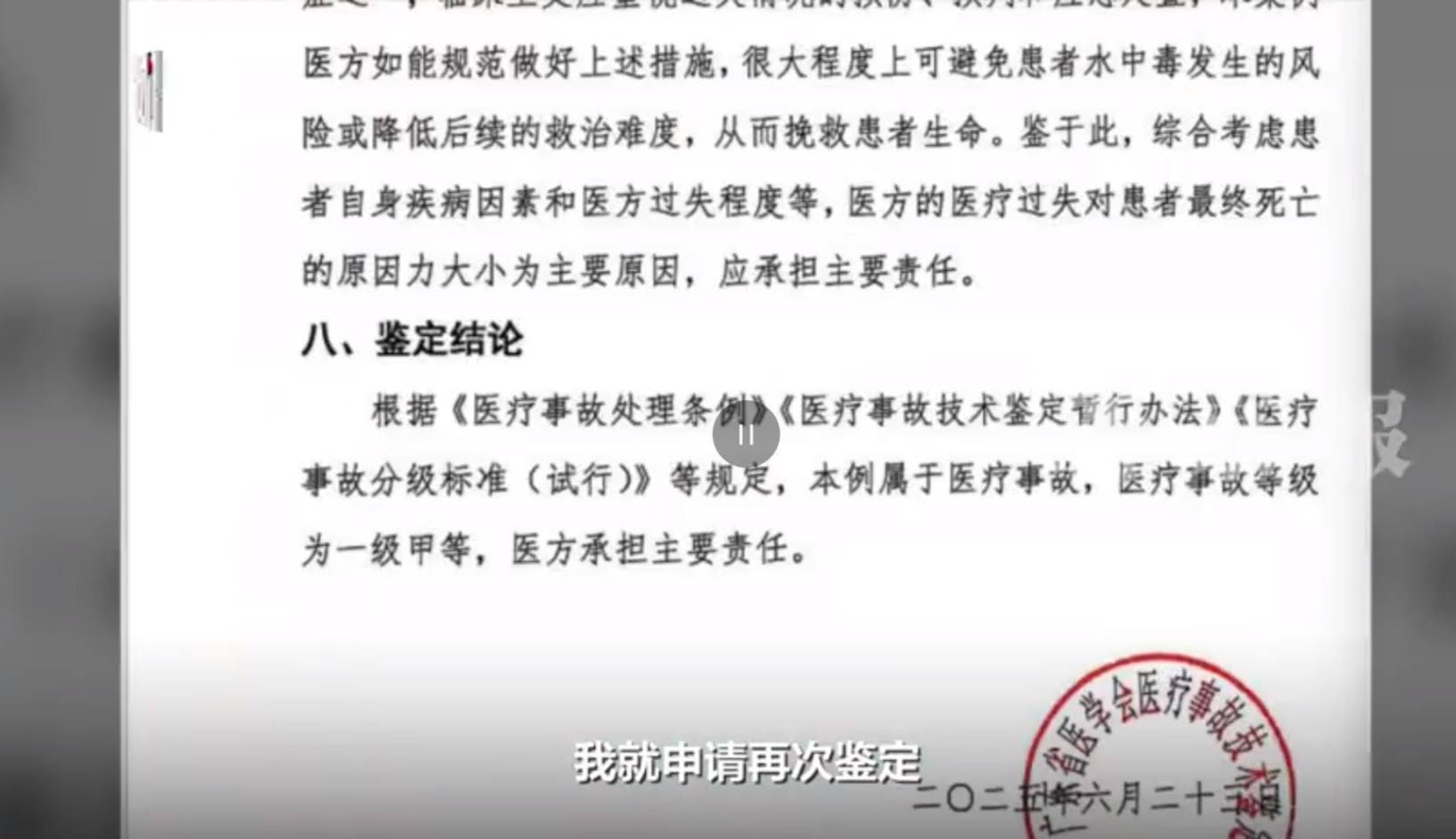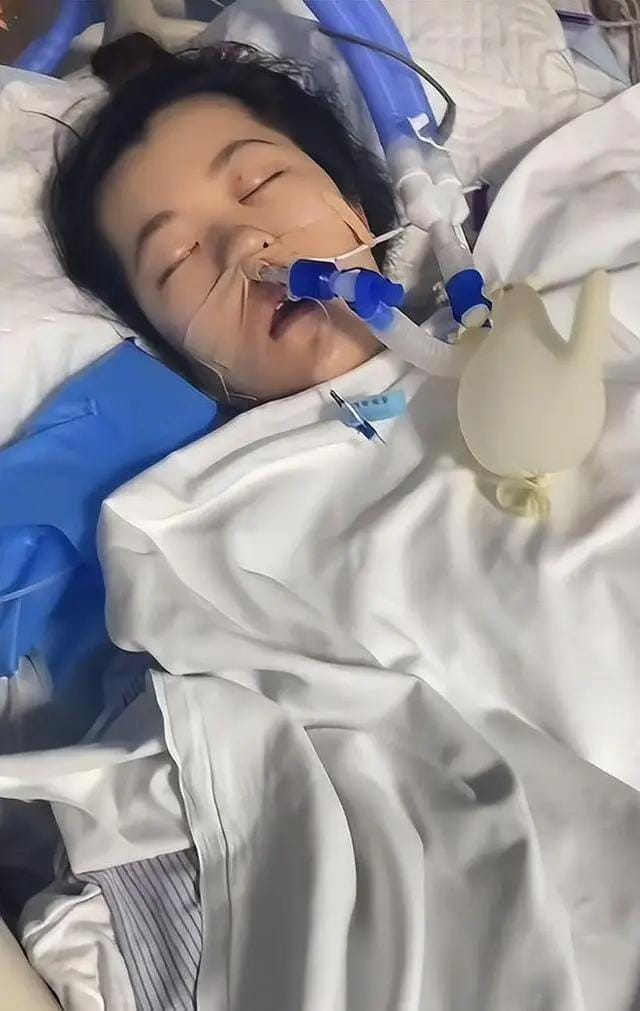“Minimally Invasive” Surgery Turns Fatal
A woman’s tragic death after minimally invasive surgery reveals conflicting medical verdicts and critical questions about oversight, accountability, and patient safety.

The Tragic Case That Shakes Trust in Medical Appraisals
In Foshan, a woman underwent what was expected to be a routine minimally invasive surgery. Yet, instead of healing and recovery, she tragically fell into brain death due to complications. This heartbreaking outcome raises urgent questions about surgical procedures that are often considered low-risk and the systems in place to protect patients.
What makes this case especially concerning is the conflicting medical verdicts: initially, the Foshan Medical Association declared the event was not a medical accident, but a later review by the Guangdong Provincial Medical Association contradicted this, labeling it a first-grade medical accident. This stark inconsistency points to a deeper issue within medical oversight and accident appraisal systems.

Dissecting the Discrepancies: What Went Wrong?
The Guangdong Provincial Medical Association’s reassessment highlights some serious failings: improper surgical technique, delayed post-operative observation, and inadequate complication management. These are not minor oversights—they directly contributed to the patient's death. This raises a crucial concern about how even “minimally invasive” surgeries can carry significant risks when protocols aren't strictly followed.
More troubling is how the initial medical appraisal failed to recognize these failings. How can two respected institutions reach such divergent conclusions? This discrepancy undermines public trust and leaves families like the deceased's searching for answers and accountability.

Accountability, Compensation, and the Value of Human Life
The grieving family is not just seeking monetary compensation—they are demanding an honest acknowledgement of the mistakes that cost a life. The case challenges whether current penalties in medical accident appraisals truly reflect the gravity of these tragedies. Does financial compensation suffice when human life is at stake? And what message does leniency send to medical practitioners about the importance of adherence to surgical safety standards?
This case spotlights the need for more transparent communication between doctors and patients about possible risks, however minimal they may appear. It also calls for tighter adherence to diagnostic and treatment guidelines and a robust oversight mechanism that holds healthcare providers accountable with consistency and fairness.

The Larger Implications for Patient Safety and Medical Practice
Minimally invasive surgeries have revolutionized modern medicine by reducing recovery time and complications compared to traditional procedures. But this case is a stark reminder that such procedures are not without risk. It urges the medical community and regulators to evaluate current practices thoroughly and ensure that every surgery, no matter how simple it may seem, is treated with utmost caution.
The incident also serves as a wake-up call highlighting the critical role of comprehensive post-operative monitoring and timely management of complications—failures here can be fatal.
Ultimately, this tragedy underscores an important truth: the value of human life must always be paramount, demanding rigorous standards, clear communication, and transparent accountability in healthcare.
😔💉🩺




